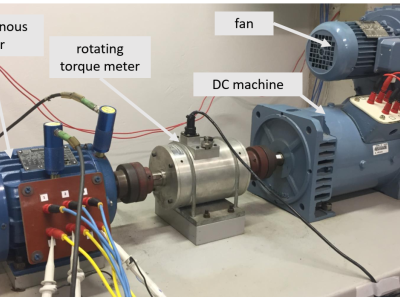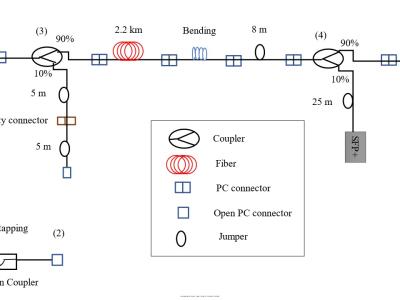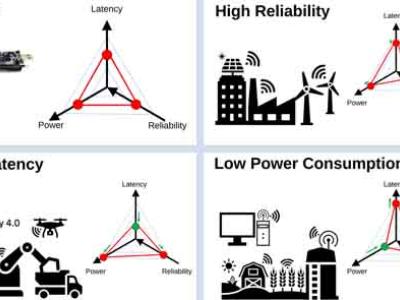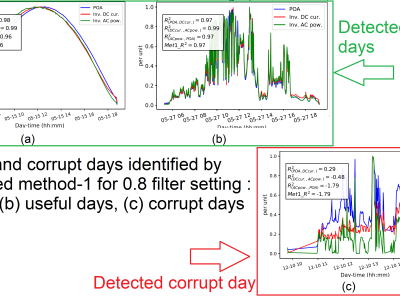Air Filter Loading Characteristics for an Epigenetic Modeling Approach to Adaptive Prognostics
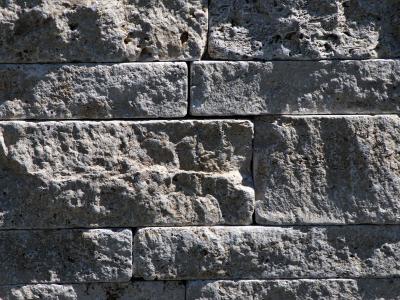
- Citation Author(s):
-
Maria A. Seale (Information Technology Laboratory, US Army Engineer Research and Development Center, Vicksburg, MS 39180 USA )Gentry Berry (Geotechnical and Structures Laboratory, US Army Engineer Research and Development Center, Vicksburg, MS 39180 USA )Richard C. Salter (Information Technology Laboratory, US Army Engineer Research and Development Center, Vicksburg, MS 39180 USA )Alicia I. Ruvinsky (Information Technology Laboratory, US Army Engineer Research and Development Center, Vicksburg, MS 39180 USA )Edward Perkins (Environmental Laboratory, US Army Engineer Research and Development Center, Vicksburg, MS 39180 USA)Natalia Garcia-Reyero (Office of the Assistant Secretary of Defense (EI&E), Washington, DC 20301-1400 USA)
- Submitted by:
- gentry Berry
- Last updated:
- DOI:
- 10.21227/20qr-2861
- Data Format:
Abstract
New capabilities involving sensors, data collection, and data analysis have enabled innovations in how engineered systems are monitored and maintained. Whereas each new evolution of maintenance philosophies has relied upon the current technological state, this research examines potential future capabilities in the field of prognostics and health management (PHM). PHM algorithms for predicting the estimated time to failure for a system are based on sensor data, physical models, or a combination of both. Each approach has its documented strengths and weaknesses; however, a common shortcoming is the limited ability to represent the individualized dynamic interplay of factors that affect system health. As materials science and engineering progress toward components that have “genetic” intelligence—inherent manufactured capabilities to sense, store, and analyze environmental and system conditions—a new paradigm for evaluating system health is required. The corresponding paper presents a natural computing approach to prognostics based on the biological phenomenon of epigenetics that is applicable to this next generation of systems. Epigenetics is concerned with how environmental factors influence an organism’s genetic expression over time, directly impacting the health of one or more systems. A multitiered framework is presented that provides a formal representation of a system and its environment, an ontology, an epigenetic degradation model, and a way to represent failure pathways. The framework components are demonstrated in an air filtration case study, illustrating the utility of the new paradigm within an existing prognostics application.
This dataset is used to provide the primary performance characteristics and their evolution over time of a fibrous air filter subject to loading from solid aerosols. A simulation of realistic aerosol filtration was conducted in order to generate the dataset, which was utilized in conjunction with the corresponding paper as a case study for filter degradation and the application of the proposed epigenetic modeling approach.
Instructions:
This dataset contains the recorded variables from multiple air filtration simulations as arrays within json files.
Each dataset will contain the same list of variables, with the corresponding units and descriptions as shown:
1. total_mass_array [kg]: The total mass of collected particles considering every filter media layer. The elements represent consecutive time steps.
2. total_dp_array [Pa]: The total pressure drop considering every filter media layer. The elements represent consecutive time steps.
3. layer_total_cap_array [unitless]: The total number of captured particles by each filter media layer and size. The array elements denote consecutive time steps along axis 0, layer number along axis 1, and particle size along axis 2.
4. layer_total_mass_array [kg]: The total captured mass by each filter media layer. The array elements denote consecutive time steps along axis 0, and layer number along axis 1.
5. alpha_pf_array [unitless]: The media solidity corresponding to each filter media layer. The array elements denote consecutive time steps along axis 0, and layer number along axis 1.
6. dia_pf_array [m]: The equivalent particle fiber diameter corresponding to each filter media layer. The array elements denote consecutive time steps along axis 0, and layer number along axis 1.
7. layer_dp_array [Pa]: The total pressure drop corresponding to each filter media layer. The array elements denote consecutive time steps along axis 0, and layer number along axis 1.
8. cake_dp_array [Pa]: The pressure drop corresponding to the particle cake layer. The array elements denote consecutive time steps.
9. all_layer_dp_array [Pa]: The combination of the cake_dp_array and the layer_dp_array into a single array. The array elements denote consecutive time steps.
10. MMD [m]: The Mass Median Diameter of the aerosol size distribution.
11. MeanFreePath [m]: The Mean Free Path given the environmental conditions considered in the simulation.
12. alpha_pc [unitless]: The estimated particle cake solidity, given the simulation parameters.
13. dia_p_mean [m]: The mean particle diameters corresponding to each filter media layer, given the size distribution of captured particles by each layer.
14. particle_diameters [m]: The discrete particle sizes used to describe the challenge aerosol.
Dataset Files
- filter_A_d018_model_data.json (Size: 1.38 GB)
- filter_A_d018_model_data_u10.json (Size: 949.87 MB)
- filter_A_d018_model_data_u20.json (Size: 950.36 MB)
- filter_A_d018_model_data_u30.json (Size: 951.8 MB)
- filter_A_d031_model_data.json (Size: 708.47 MB)
- filter_A_d040_model_data.json (Size: 817.68 MB)
- filter_B_d018_model_data.json (Size: 1.02 GB)
- filter_B_d031_model_data.json (Size: 1.3 GB)
- filter_B_d031_model_data_u10.json (Size: 1.3 GB)
- filter_B_d031_model_data_u20.json (Size: 1.3 GB)
- filter_B_d031_model_data_u30.json (Size: 1.3 GB)
- filter_B_d040_model_data.json (Size: 1011.9 MB)
 71 views
71 views


